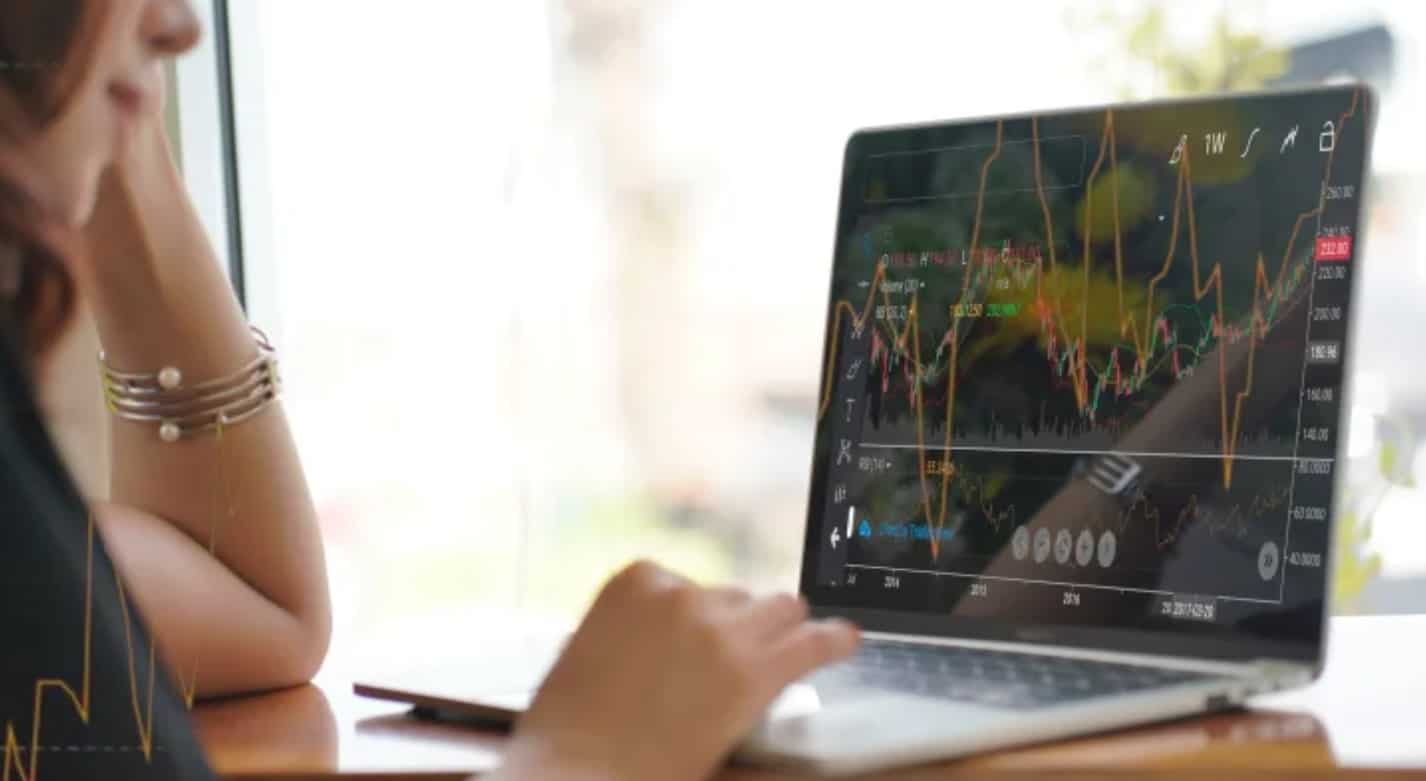The market volatility and record-high inflation we’ve seen this year is sending investors in different directions.
According to a recent Bankrate survey, younger investors are far more likely than their older cohorts to take advantage of the economic turbulence and increase their investments this year. More than 43% of Gen Z investors (ages 18 to 25) and over 27% of millennials (ages of 26 to 41) plan to invest more this year than last year, compared to the 18% and 14%, respectively, who plan to invest less.
Meanwhile, the survey shows only 14% of Gen X investors (ages 42 to 57) and 8% of baby boomers (ages 58 to 76) plan to supplement their investments in 2022, compared to the 16% and 22%, respectively, who plan to invest less.
Younger investors are buying the dip
The difference we see between younger and older age groups reflected in this survey can be partly credited to the fact that older investors are likely reducing their risk tolerance as they near or continue their retirement years. Meanwhile, younger investors have time on their side and can actively add to their portfolio, buying stocks at a discount amid heightened volatility and inflation.
“Gen Z and millennial investors willing to invest more in stocks this year, despite market volatility and inflation, can see greater long-term reward for the discipline of hanging on and buying more at lower price points,” says Greg McBride, chief financial analyst and senior vice president at Bankrate, in the company’s press release.
These younger investors buying the dip are onto something, as long as they are okay with keeping their money in the market for at least a couple of years. Conventional investing wisdom — and even Warren Buffett — suggest selling when everyone else is buying and buying when everyone else is selling. A good option in this market are dividend-paying stocks that provide passive income through free stock trading platforms, including TD Ameritrade, Ally Invest, E*TRADE, Vanguard, Charles Schwab and Fidelity.
If you have $10,000 or less to invest this year, it’s worth considering nearly risk-free I bonds to score an annual interest rate of more than 9%, which it was at the time of this writing. Investors can buy I bonds through the U.S. Treasury Department’s website — up to $10,000 each year, plus an optional $5,000 extra if they put their tax return in paper bonds.
Bottom line
When the market falls, it’s generally advised that investors stay the course. Keeping your money invested prevents you from missing out on future potential gains, however it may also be a good time to invest more since you can buy stocks cheaply. Keep in mind your risk tolerance, risk capacity and time horizon as you make the decision to buy the dip.

